Thoughts and memories rise to the surface when returning from a pilgrimage, though they come into clearer focus after some time and recovery. The hope is that they evolve into ideas that give new shape to our understanding of the world. Reviewing my photos, itinerary, maps, and memories, the whirlwind that was my pilgrimage to Germany is beginning to settle into my mind and heart and make sense. It was strange, upon reflection, to find myself emotional about certain experiences, and in the moment, it was difficult to identify exactly what was causing that response, but having had time to ponder the moments and their associated emotions, I am beginning to understand.
My trip began in my son’s bachelor pad with glasses of whiskey and a rest before a short walk to dinner to meet all of his officer friends who were just happy to see a mom—any mom—because no matter where we humans are in the world, we are always a little homesick for something, whether we admit it or recognize it or not.
I had the homesickness that is felt from missing my son which became the catalyst for this undertaking of such an adventure. We had discussed going someplace different to collect another pin on the ol’ map and do some sightseeing, maybe Prague or Vienna, but honestly, I didn’t want to. I wanted to be there in his space, seeing his life, experiencing his every day. Unbegrudgingly I spent part of one of the days there doing what moms do—helping him clean and organize his apartment and buying things to make it more homey. The rest of the time we spent over cappuccinos and apple strüdels, gift shopping, long meals, exploring the town he lives in, walking and talking. The few short days I was able to spend with him flew by, and leaving him was much harder than I had anticipated. Even so, it brought me great comfort to see him thriving in his element, to spend time with the friends he enjoys, and to talk not as a mother to a child, but now as a woman to her grown son—one whom I love and respect more than I can express in words. He humbles me and stretches me to think about the world in broader terms and to see things from different angles. He definitely makes me laugh.
Being with him in this place—this picturesque town shaped by cobblestone streets and a central area lined with shops and cafes, populated with locals walking their dogs, eating with friends, enjoying the beautiful weather—produced in me a longing that feels much like homesickness. It wasn’t because I wanted to go back to my own place, but a longing that is only filled by a beautiful life of connection and community. These are some scenes I captured from that small town.
There was a sublime rhythm to it all, possibly stemming from the general lack of motorized vehicles in pedestrian zones, but it may also be the long-established liturgy of life that has existed there and seems to thrive in that place and others like it. Traffic was relegated to outside of town. People could safely wander and gather, walk their dogs, and sit in cafes with no exhaust polluting the airspace around their food. It was a true walkable city.
There was a central neo-Romanesque style church that uses the small space in the side property to cultivate wildflowers and host beehives, which seemed a most profound and symbolic, yet practical effort for a church to undertake.
Across the street there was a small memorial park, acknowledging the wars of the past century in this battered nation. The figure on the memorial, actively retaining his grip on the sword, reclines in a position of resigned exhaustion, poignantly expressing the posture of a people both proud and noble, yet defeated and weary. The warrior has not met his demise, nor has he thrown down his weapon. One might imagine his next move to be a solemn rise to a standing position, followed by a deliberate stowing of his weapon in its sheath. This impression of the nation of Germany would be repeated in various ways as I took in its history, architecture, and landscape, evoking complex feelings of empathy, compassion, and respect.
These encounters induced a longing—let’s call it homesickness—for the kind of “third places” that so many cultures and societies have but that we as Americans struggle to access. Because of Euclidian zoning regulations, we are removed from spaces that are accessible to truly diverse groups of people. Meanwhile, our powers-that-be insist on prejudicial regulations that favor banks, builders, and land developers, all while telling their constituents that “diversity” is our nation’s greatest strength. They preach diversity but do not foster it. On the contrary, these regulatory actions result in a society heavily weighted toward individualism, or worse—insularity in groups which become echo-chambers, and even worse, isolation of people from places and opportunities to socialize which serve to broaden perspectives, invite collaboration, or foster empathy. We drive to work, shop at our store, push our cart, drive our car, go home, eat some take-out from a paper bag, doom scroll, go to bed, repeat. When I consider the lifestyle lead by the majority of my countrymen—myself included—it is no great wonder that we are as polarized and struggling as we are. Diversity only works when people of all ages and backgrounds encounter each other in every day life, working together to solve common problems, experiencing the joy of mutually supporting each other in the liturgy of the day to day. 1
My first contemplation of this journey then, is fundamentally pragmatic: Go on pilgrimage. Step out. Step out of echo chambers. Step out of partisan politics. Step out of polemics and ideology. Change perspective. Watch. Listen. Find third spaces. Create third spaces. Care for each other. Create Beautiful things. Foster liturgy.
My reason for using the term “liturgy” in this context is connected to a growing awareness and understanding of complex systems, especially as they relate to human communities and cities. This is also the concept of “city as liturgy” is relates directly to the The Ethics of Beauty by Dr. Timothy Patitsas, in which he examines the life of the city as one that bears liturgical elements. See further information and a development of these ideas in my post at this link: Pilgrimage Begins at Home





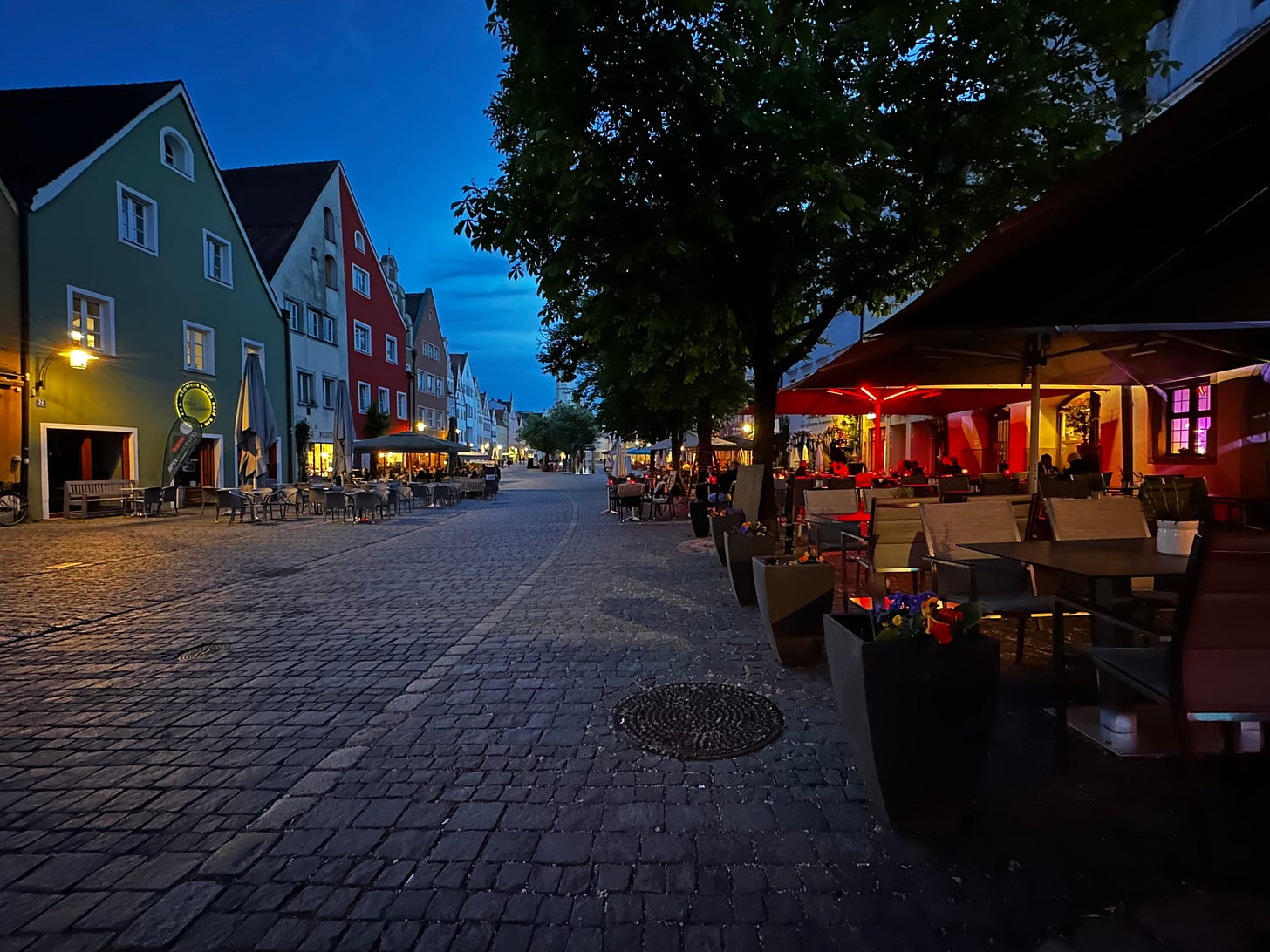
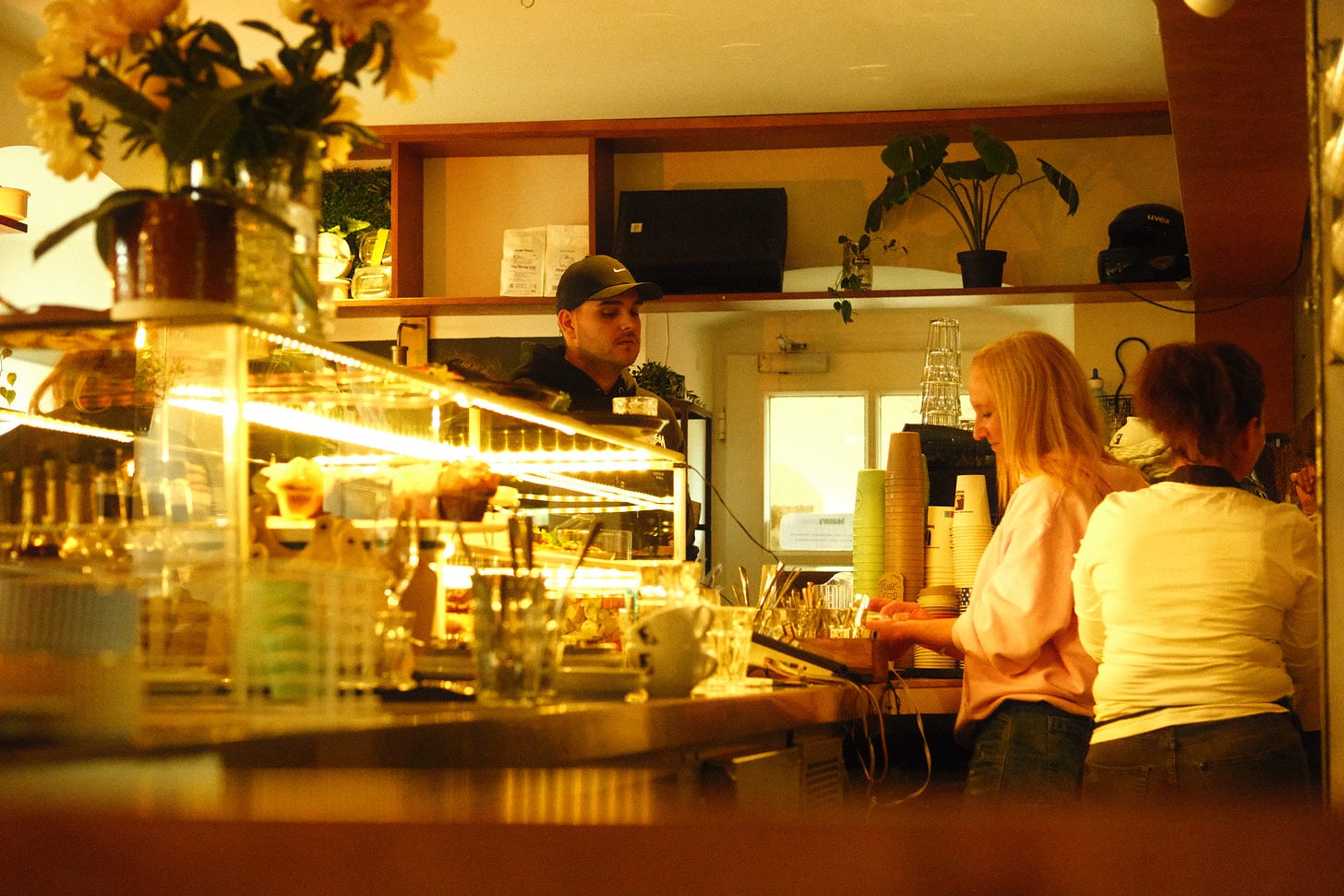
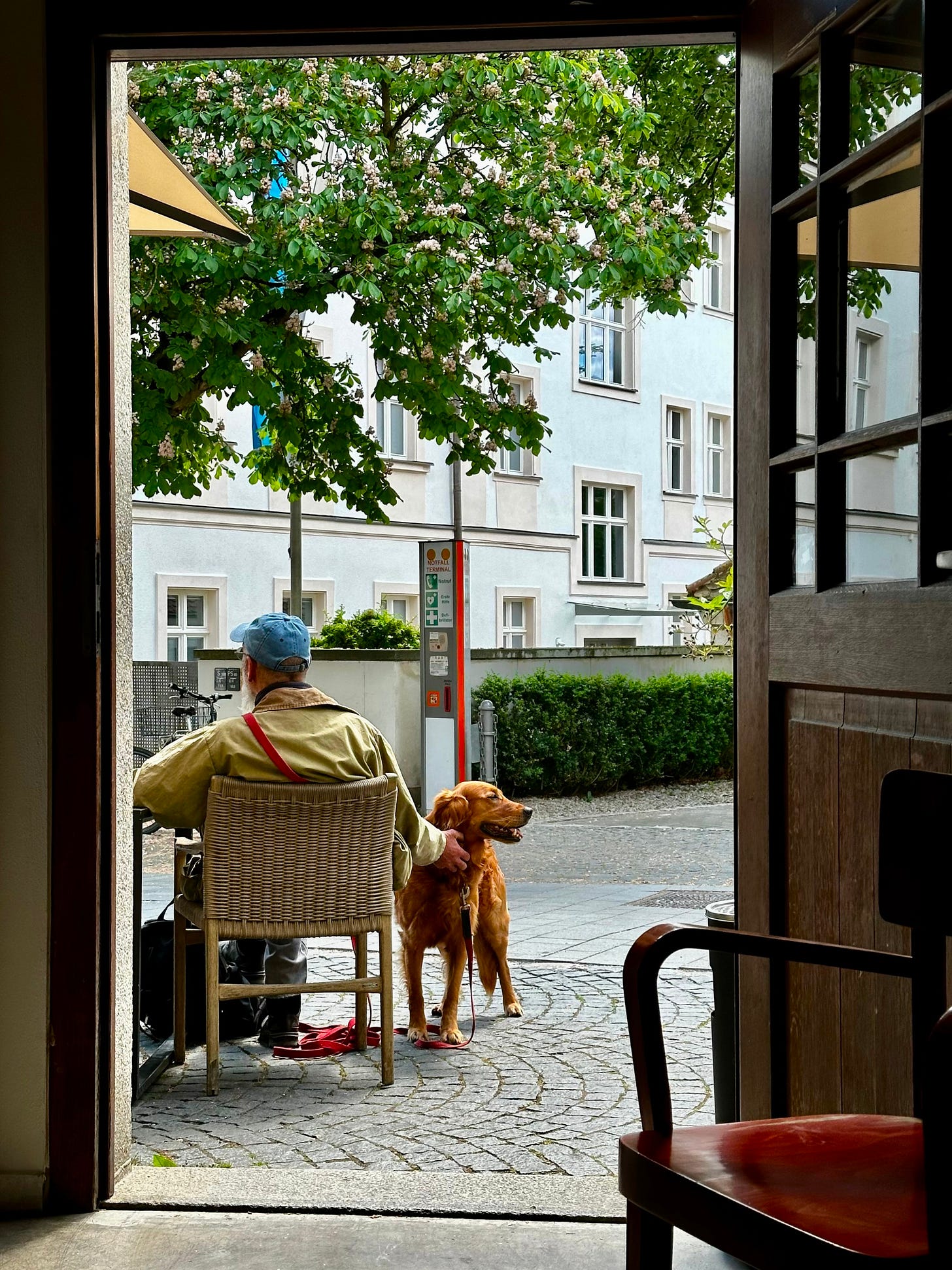
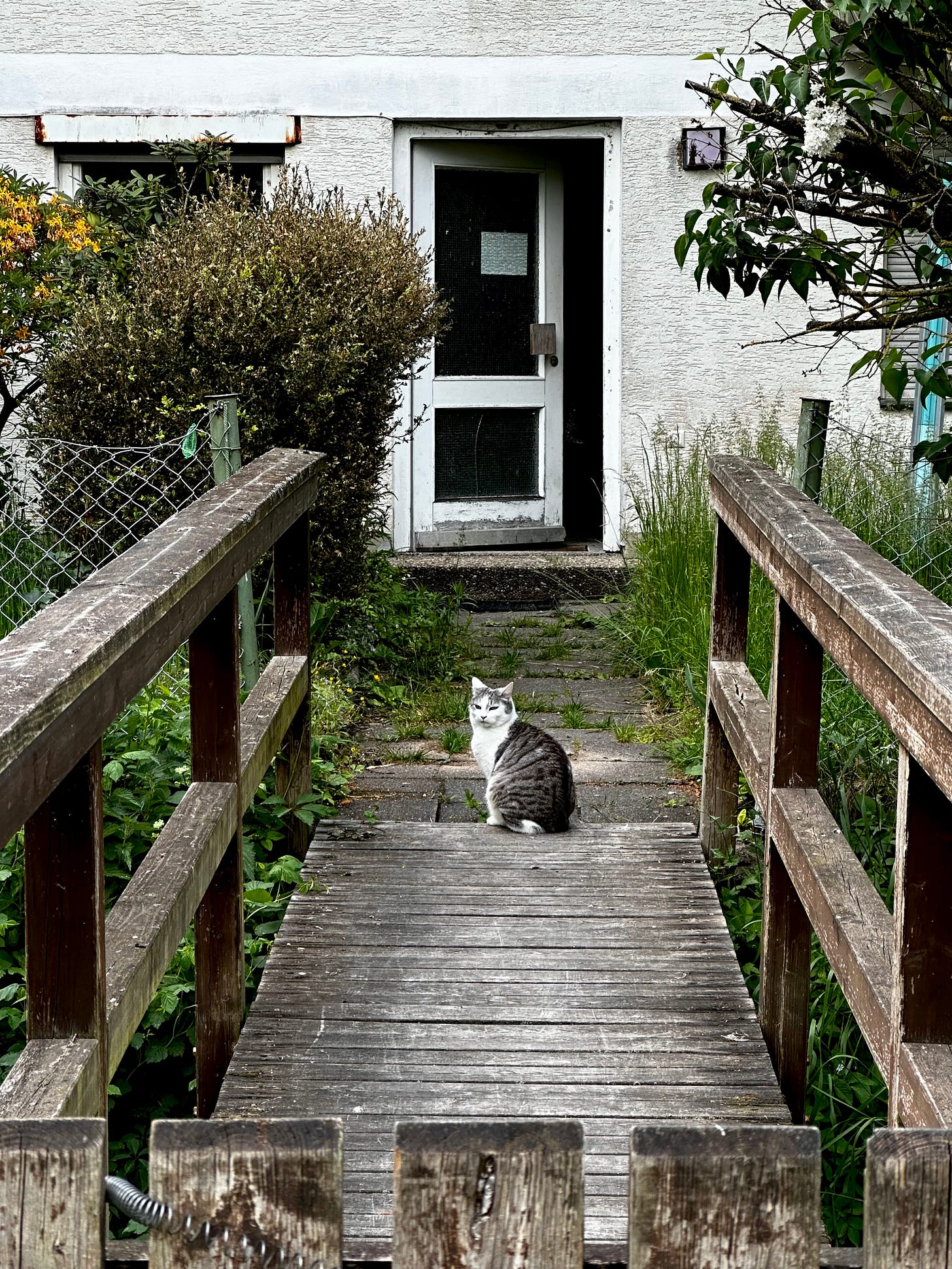


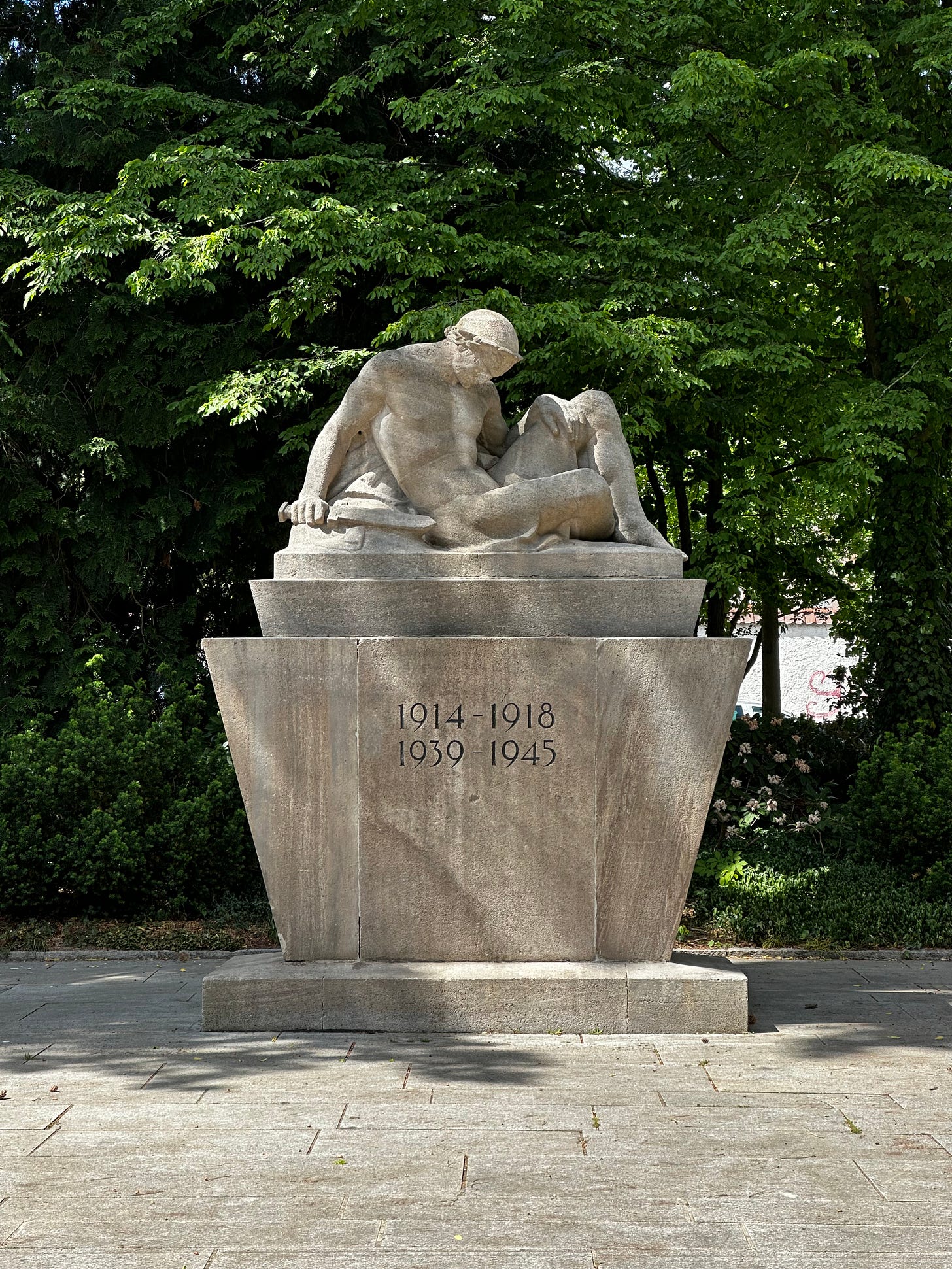
Change perspective-listen- third space! I could relate to this after having relocated to a new area to live the life I’ve been given. Thank you! Mat Anna